The GRACE satellite missions played a central role at the first German-American space dialogue in Berlin. The acronym GRACE stands for Gravity and Climate Recovery Experiment, an initially experimental space mission designed to obtain important climate information from gravity measurements. The US Space Agency NASA, the German Space Agency at the German Aerospace Centre (DLR), the Max Planck Institute for Gravitational Physics (Albert Einstein Institute), and the GFZ German Research Centre for Geosciences are now planning the third generation because the measurements have provided completely new insights into the Earth system and, in particular, the global water cycle.
High-ranking delegation from the USA visits Germany
At the invitation of the Federal Government's Aerospace Coordinator, Dr Anna Christmann, a high-ranking US delegation came to the Federal Ministry of Economics and Climate Protection (BMWK) in Berlin on the occasion of the International Aerospace Exhibition ILA (5-9 June). The Executive Secretary of the US National Space Council, Chirag Parikh, led the delegation. In a separate panel, researchers from NASA's Jet Propulsion Laboratory and the GFZ presented the measurement principle and the scientific successes of the GRACE (2002 to 2017) and GRACE Follow-On (in space since 2018) missions to the participants of the space dialogue. GRACE-C is expected to be launched in 2028, the C stands for Continuity.
How water masses are measured from space
GRACE measures mass changes on and in the Earth by recording their effect on a satellite duo orbiting our planet at a distance of 220 kilometres (roughly equivalent to the distance between Berlin and Jena), one after the other, at an altitude of around 500 kilometres. If a satellite speeds up because it is the first to fly towards a high-mass object, the distance increases by fractions of a hair's breadth. These changes in distance can be measured using microwaves and, since GRACE Follow-On, laser interferometry. GPS receivers on board and accelerometers are also used to determine the position of the satellites and to recognise braking effects caused by friction with atmospheric particles, for example.
The researchers use all these data to calculate monthly maps of the global changes in the Earth's gravitational field and the associated changes in mass. These include variations in groundwater, soil moisture, surface water or snow and ice cover. With the help of complementary observations or model data, GRACE data can be used to uniquely derive, for example, groundwater changes globally and on a monthly basis.
Long time series are essential
The measurements for more than 22 years show a dramatic loss of ice mass for Greenland, for example: more than 250 billion tonnes every year. But Germany has also lost water mass over the past two decades. Despite the wet year 2023, there is still a shortfall of around 10 billion tonnes in total water storage following the severe drought years since 2018.
For the Federal Government's Space Coordinator, GRACE-C is "a key project". Anna Christmann said: "We need long-term studies to understand the climate. The collection of data on the Earth's global water balance, which has been generated by the GRACE satellites for over 20 years, is therefore of enormous importance. GRACE-C is therefore also an important key project in the German government's new space strategy, as it makes a major contribution to realising the goals in the fields of climate protection and international cooperation. The mission is an absolute flagship project."
Susanne Buiter, Scientific Director of the GFZ, also emphasised the importance of the long time series: The aim is to be able to record a climate period totalling 30 years with the launch of GRACE-C, probably in 2028. She drew attention once again to the revolutionary measurement principle and its history, which is also linked to the GFZ's first satellite. GFZ-1 was launched into space from the Russian space station "Mir" in 1995 and orbited so low around the Earth for five years that the effects of the gravitational field had a clearly measurable influence on its orbit. "At the time, it was hard to believe that we would one day be able to determine the consequences of global warming and, in particular, changes in the global water cycle such as droughts, groundwater variations or ice mass loss so precisely from gravity field data. And today we can look back on more than two decades of monthly gravity field maps," said Susanne Buiter.
Dr Jens Brandenburg, Parliamentary State Secretary at the BMBF, emphasised at the joint press conference that research worldwide benefits from the data obtained: "GRACE and GRACE-FO are among the most frequently cited missions in the reports of the Intergovernmental Panel on Climate Change (IPCC). Thousands of scientific publications are based on the data from the two satellite duos. This emphasises the outstanding international networking of German Earth system research and the great importance of the GRACE missions. In this way, changes caused by climate change can be documented and measures to protect the population can be planned several years in advance."
Dr Walther Pelzer, Director General of the German Space Agency at DLR, drew attention to the German-American cooperation. The partnership between NASA's Jet Propulsion Laboratory and the German partners "is a sign of the quality of the space industry and space science in Germany," said Pelzer.
Background to GRACE-C
The German contribution is being implemented with funding from the Federal Ministry of Economics and Climate Protection (BMWK) and the Federal Ministry of Education and Research (BMBF) with the participation of the German Research Centre for Geosciences (GFZ) in Potsdam and the Max Planck Institute for Gravitational Physics (Albert Einstein Institute) in Hanover. The two satellites are being built by Airbus in Friedrichshafen on behalf of the NASA Jet Propulsion Laboratory (JPL).
The centrepiece of the GRACE-C mission is the precise measurement of tiny deviations in distance between the two satellites as they orbit the Earth. In GRACE-C, this distance is determined using laser interferometry. Important parts of the instrument come from SpaceTech GmbH in Immenstaad (STI), supported by the Albert Einstein Institute in Hannover on behalf of the German Space Agency at DLR.
The GFZ Research Centre for Geosciences in Potsdam will be responsible for setting up and carrying out the scientific analyses in the Science Data System (SDS) on the German side. In the operational phase following the launch of the two satellites, the GFZ will be responsible for operational activities, i.e. the permanent monitoring and control of the GRACE-C instruments and satellites. As with GRACE and GRACE-FO, the two GRACE-C satellites will also be controlled by the German Space Operations Centre at DLR (GSOC) in Oberpfaffenhofen on behalf of the GFZ after launch.
Further information on the GRACE satellite missions is available via our new information portal:
www.globalwaterstorage.info
In particular, the relevant information on global water availability, which is based on the data from the GFZ/NASA GRACE and GRACE-FO satellite missions, is bundled here.
In clearly presented articles and blog posts, the scientists describe many interesting facts about the unique measurement principle and present important research results using selected maps, graphics or animations.



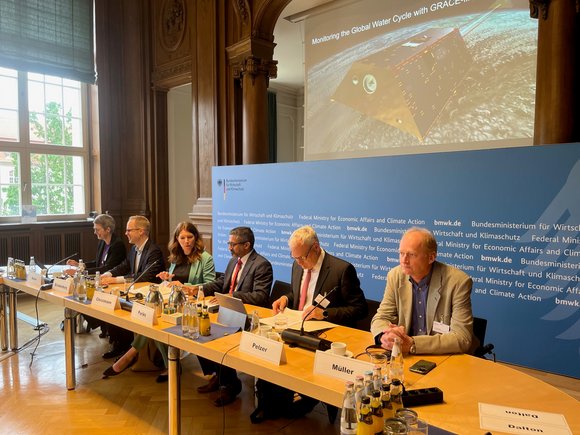
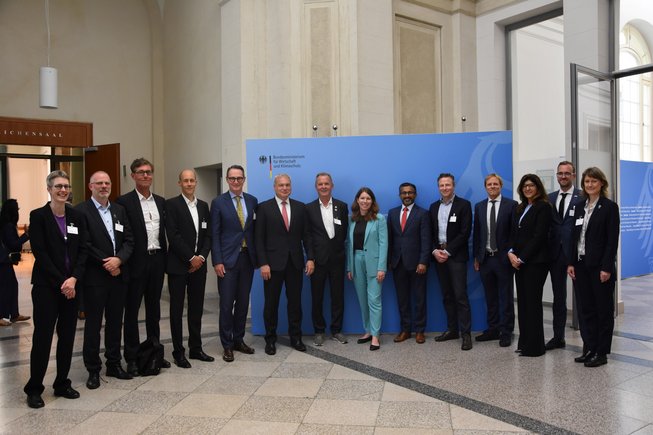



![[Translate to English:] Fire in a forest, smoke rising, aerial view from above](/fileadmin/_processed_/8/3/csm_2025_01_06_AdobeStock_415831729_5a0e6d50d3.jpeg)

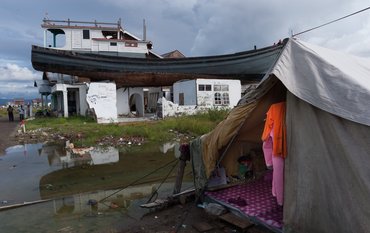





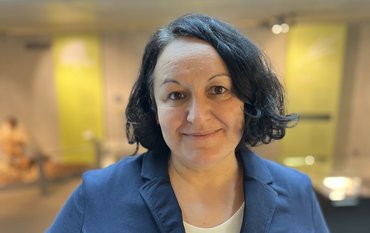

![[Translate to English:] [Translate to English:] Abror Gafurov von dem Schriftzug "Welcome to Azerbaijan" und den UN und COP Logos](/fileadmin/_processed_/2/5/csm_2024_11_Baku_COP29_Abror_Gafurov_1042faec82.jpeg)


![[Translate to English:] Martin Herold standing in front of the library on the Telegrafenberg](/fileadmin/_processed_/c/d/csm_Martin_Herold_d385ee4dd9.jpeg)
![[Translate to English:] Many people are listening to a presentation in the GFZ lecture hall.](/fileadmin/_processed_/c/a/csm_1_Bild1_hell_b9c0e9f5ed.jpeg)


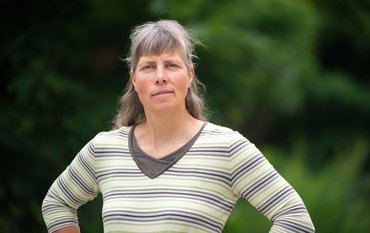



![[Translate to English:] Both scientists sitting on stools in front of a wall of books in the Telegrafenberg library](/fileadmin/_processed_/6/6/csm_Buiter_Castell_DORA_4_e87cb1ea18.jpeg)
![[Translate to English:] Gruppenbild mit 4 Personen](/fileadmin/_processed_/8/d/csm_20241017_GFZ-Emmerman-Medal-005_web_reinhardtundsommer_21a414fa4a.jpeg)

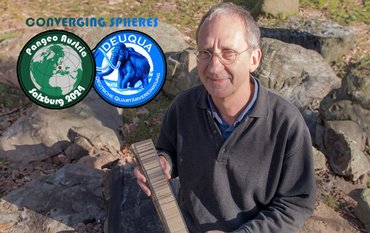



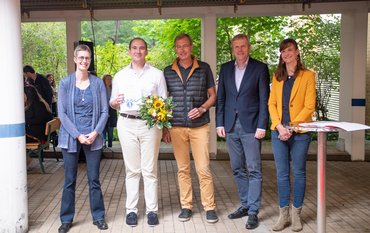
![[Translate to English:] Ice landscape with five red tents](/fileadmin/_processed_/8/9/csm_Zeltlager_auf_dem_Eis_Urheberin_Jenine_McCutcheon_5ced2d523b.jpeg)